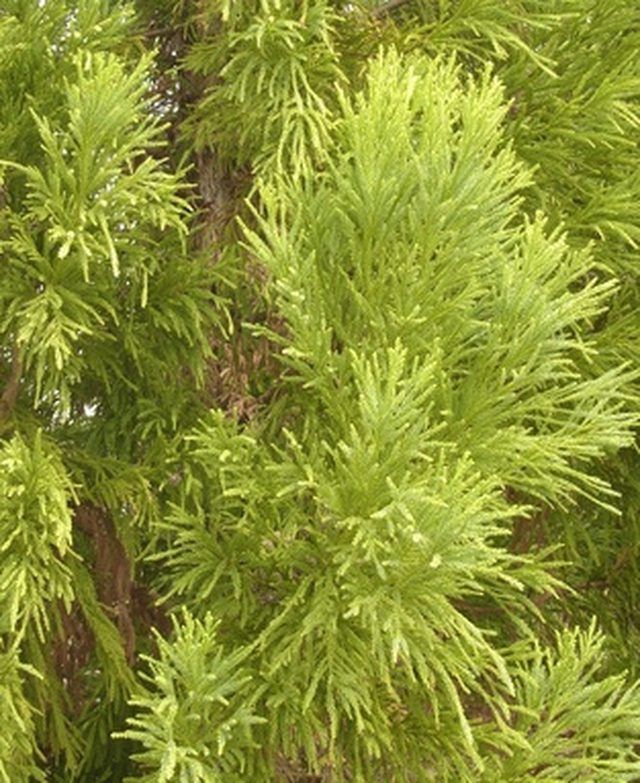Bulbs
Flower Basics
Flower Beds & Specialty Gardens
Flower Garden
Garden Furniture
Garden Gnomes
Garden Seeds
Garden Sheds
Garden Statues
Garden Tools & Supplies
Gardening Basics
Green & Organic
Groundcovers & Vines
Growing Annuals
Growing Basil
Growing Beans
Growing Berries
Growing Blueberries
Growing Cactus
Growing Corn
Growing Cotton
Growing Edibles
Growing Flowers
Growing Garlic
Growing Grapes
Growing Grass
Growing Herbs
Growing Jasmine
Growing Mint
Growing Mushrooms
Orchids
Growing Peanuts
Growing Perennials
Growing Plants
Growing Rosemary
Growing Roses
Growing Strawberries
Growing Sunflowers
Growing Thyme
Growing Tomatoes
Growing Tulips
Growing Vegetables
Herb Basics
Herb Garden
Indoor Growing
Landscaping Basics
Landscaping Patios
Landscaping Plants
Landscaping Shrubs
Landscaping Trees
Landscaping Walks & Pathways
Lawn Basics
Lawn Maintenance
Lawn Mowers
Lawn Ornaments
Lawn Planting
Lawn Tools
Outdoor Growing
Overall Landscape Planning
Pests, Weeds & Problems
Plant Basics
Rock Garden
Rose Garden
Shrubs
Soil
Specialty Gardens
Trees
Vegetable Garden
Yard Maintenance
Ornamental Cedar Trees
Ornamental Cedar Trees. Cedar trees are an ornamental evergreen with a wonderful aroma that provide incredible variety and color to a fall and winter garden. Ornamental cedar trees, once established are hardy plants that grow in United States Department of Agriculture growing zones 6 to 9.

Cedar trees are an ornamental evergreen with a wonderful aroma that provide incredible variety and color to a fall and winter garden. Ornamental cedar trees, once established are hardy plants that grow in United States Department of Agriculture growing zones 6 to 9.
Sun, Soil and Exposure
In order to thrive, ornamental cedar trees require full sun, and will take longer to establish a root system and grow in partial shade. Cedar trees prefer moist and well-drained soil, but can tolerate clay-like and sandy soils. The only thing to consider when planting ornamental cedar trees is to keep them out of the wind.
Planting Requirements
To help a young cedar tree establish its ornamental presence in your landscape, place it in a hole about six to eight inches deep, taking care not to disturb the cedar tree's root system. When filling the hole, compact the soil on top of the plant, and thoroughly soak with water. Help you ornamental cedar tree establish its roots by regularly watering it in the first growing season.
Space
To produce an ornamental, landscaped look with cedar trees, plant them at least five feet apart from each other to prevent the cedar trees' roots from getting in each other's space. Be sure to plant ornamental cedar trees a minimum of three feet away from a water souce like a pond or river, to prevent overwatering.
Protection
The ornamental leaves and bark of cedar trees are very tempting to wildlife like deer and rabbits, so protect the ornamental look of your young cedar tree from harm by surrounding it with chicken wire until it is big enough to fend for itself.
Pruning
Pruning a cedar tree can reduce it's naturally ornamental shape, but if your cedar tree is too large to be attractive, prune it in the spring (before new growth) so it does not significantly diminish the ornamental quality of this evergreen.